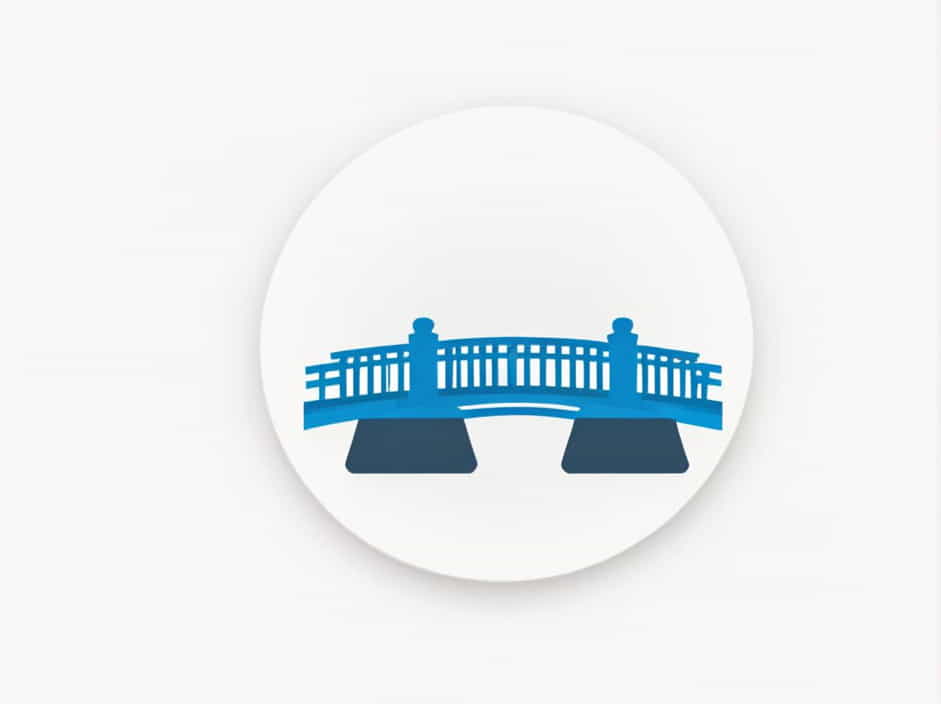A bridge is a critical infrastructure that connects two locations by spanning over obstacles such as rivers, valleys, or roads. It is divided into two main parts: the substructure and the superstructure.
The substructure of a bridge is the foundation and support system that holds the entire structure in place. It transfers the load of the bridge to the ground and ensures stability. In this topic, we will explore the components, functions, materials, and importance of the substructure in bridge construction.
What Is the Substructure of a Bridge?
Definition
The substructure of a bridge includes all the structural elements below the deck that support the superstructure and distribute the load to the ground. It must be strong enough to withstand the weight of the bridge, vehicles, and environmental forces such as water flow and earthquakes.
Functions of the Substructure
- Supports the Superstructure – The substructure holds the deck, beams, and other parts of the bridge.
- Transfers Loads to the Ground – It distributes the weight of vehicles, pedestrians, and wind forces to the foundation.
- Withstands Environmental Forces – It resists water pressure, soil movement, and seismic activities.
- Ensures Longevity – A well-built substructure prevents settlement, cracking, or collapse of the bridge.
Main Components of a Bridge Substructure
The substructure consists of three primary components:
1. Abutments
What Are Abutments?
Abutments are supporting structures at the ends of a bridge. They provide:
- Vertical and lateral support to the bridge deck.
- Resistance against soil pressure from the embankment.
- A transition between the bridge and the road.
Types of Abutments
- Gravity Abutments – Made from heavy materials like concrete or masonry, using weight to resist forces.
- Cantilever Abutments – Use reinforced concrete with footings to support the load.
- Counterfort Abutments – Have vertical concrete walls (counterforts) to reduce bending pressure.
- Stub Abutments – Located on embankments, requiring less material.
2. Piers and Pier Caps
What Are Piers?
Piers are vertical support structures that hold up the bridge between abutments. They transfer loads from the deck to the foundation.
Functions of Piers
- Provide intermediate support between spans.
- Distribute the weight of the bridge evenly to the ground.
- Resist wind, water currents, and seismic forces.
Pier Caps
Pier caps are horizontal slabs placed on top of piers. They help distribute loads from the superstructure across multiple piers, improving stability.
3. Bridge Foundations
What Are Bridge Foundations?
The foundation is the lowest part of the substructure. It is buried below ground or water level and transfers the entire bridge load to the earth.
Types of Bridge Foundations
-
Shallow Foundations
- Used when soil is strong near the surface.
- Includes spread footings and raft foundations.
-
Deep Foundations
- Used when soil near the surface is weak.
- Includes pile foundations and drilled shafts (caissons).
- Piles are long, cylindrical structures driven into the ground to provide stability.
Materials Used in Bridge Substructures
- Concrete – Strong, durable, and resistant to weathering and compression forces.
- Steel – Provides flexibility and high tensile strength for bridges in earthquake-prone areas.
- Masonry – Used in older bridges made of stone or brick for aesthetics and durability.
- Timber – Sometimes used in small or temporary bridges, but less durable.
Key Factors Affecting Bridge Substructure Design
-
Soil Conditions
- Engineers analyze soil strength and stability before choosing the foundation type.
-
Water Flow and Erosion
- Bridges over rivers require strong foundations to withstand scouring (erosion by water flow).
-
Seismic Activity
- In earthquake-prone areas, flexible and reinforced substructures help absorb seismic forces.
-
Load Requirements
- The substructure must support heavy vehicles, trains, or pedestrians without failure.
Common Problems in Bridge Substructures
1. Foundation Settlement
- Uneven ground movement can cause the bridge to tilt or crack.
2. Scouring
- Water currents erode the foundation, making piers unstable.
3. Corrosion
- Steel and concrete in the substructure can deteriorate due to water, salt, and chemicals.
4. Structural Cracks
- Over time, cracks can develop in abutments or piers due to excessive loads or poor materials.
How to Maintain and Strengthen Bridge Substructures
- Regular Inspections – Checking for cracks, settlement, and scouring.
- Reinforcement with Steel or Concrete – Strengthening weak areas to extend the bridge’s lifespan.
- Underwater Repairs – For bridges over rivers, divers inspect and reinforce foundations.
- Erosion Control Measures – Installing riprap (large stones) or concrete barriers to prevent scouring.
Real-World Examples of Bridge Substructures
1. Golden Gate Bridge (USA)
- Uses massive concrete piers and deep pile foundations to withstand earthquakes and ocean currents.
2. Tower Bridge (UK)
- Built on deep foundations with reinforced stone abutments for stability.
3. Akashi Kaikyō Bridge (Japan)
- Uses massive underwater foundations to resist high winds and seismic activity.
The substructure of a bridge is essential for stability, load transfer, and durability. It includes abutments, piers, and foundations, all designed to support the superstructure and withstand environmental forces.
A well-designed and properly maintained substructure ensures a safe and long-lasting bridge, preventing structural failures. By understanding its importance, engineers can create stronger and more resilient bridges for future generations.
